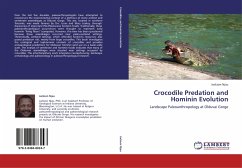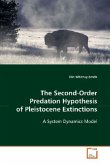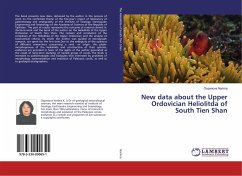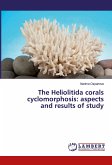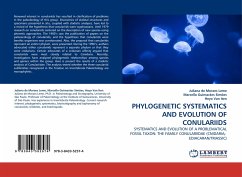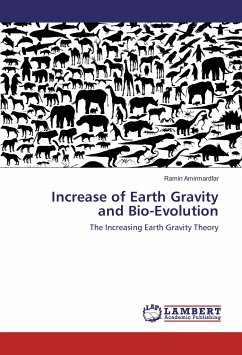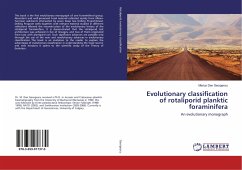Over the last five decades, paleoanthropologists have attempted to reconstruct the environmental context of a plethora of stone artifact and vertebrate assemblages at Olduvai Gorge. This site, located in northern Tanzania, was made famous by Drs. Louis and Mary Leakey, through discoveries of important Plio-Pleistocene hominin fossils. Traditionally, these paleoanthropological occurrences were thought to represent early hominin living floors (campsites). However, this view has been questioned because these assemblages occurred near paleo-wetland settings. Theoretically, wetland settings, which afforded hominins resources, also posed predation risk, mainly from large crocodiles. This book investigates the ecological and taphonomic contexts of crocodiles and provides archaeological predictions for Oldowan hominin land use on a basin-wide scale. The analysis of vertebrate and hominin fossils indicates that many of the Oldowan assemblages were situated near settings occupied by crocodiles. This interdisciplinary work integrates neotaphonomy, landscape archaeology and paleoecology in paleoanthropological research.

